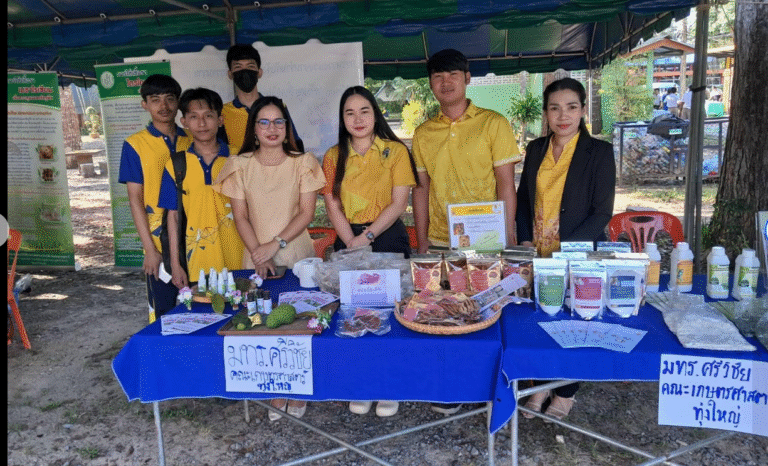Reporters: Asst.Prof.Dr. Prapot Maliwan
Assoc.Prof.Dr. Pornsil Seephueak
Asst.Prof.Dr. Nion Chirapongsathonkul
Asst.Prof.Dr. Worawitoo Meesook
Evidence Date: during 2023 Jan-Dec
Related SDGs:
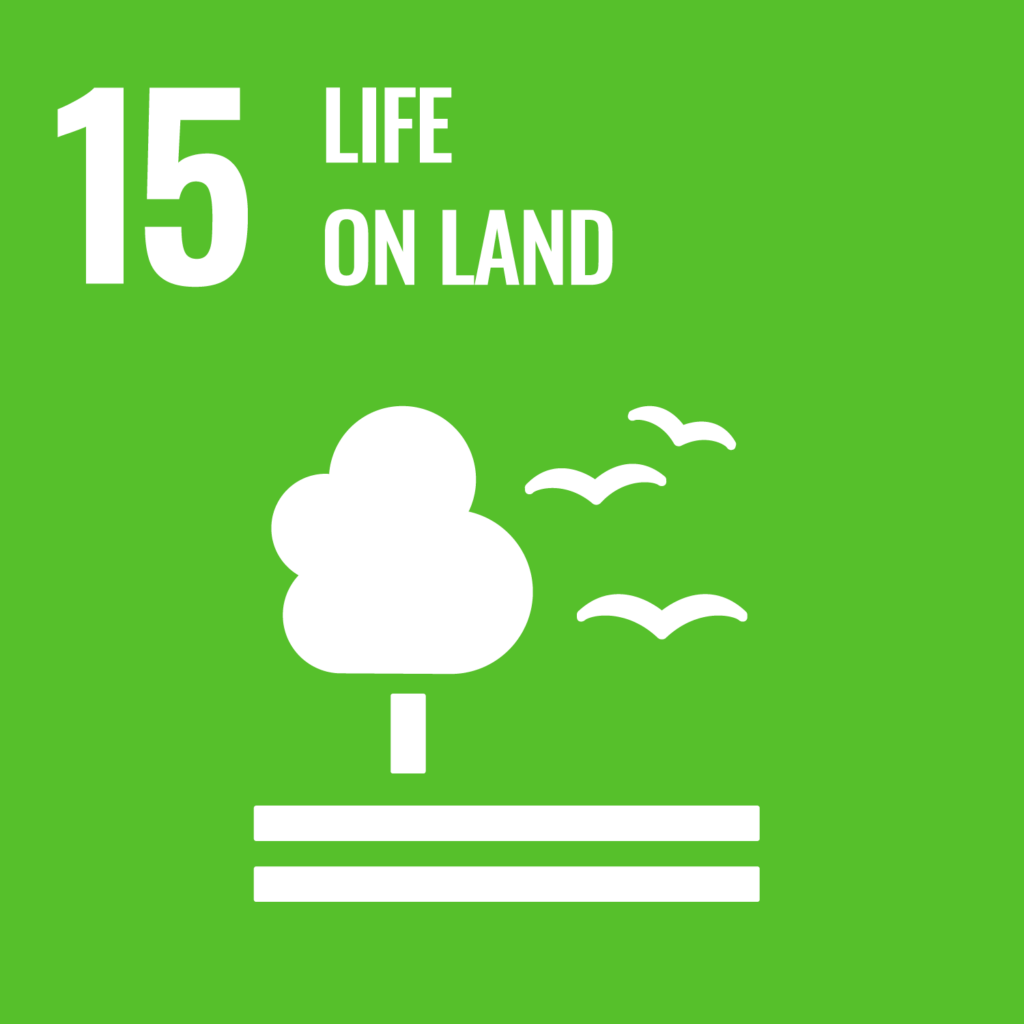
Related Indicators: 15.2.1
Details:
The research initiative titled “Research and Innovation Development of Sago Production for Commercial Purposes in Phatthalung Province,” spearheaded by Asst. Prof. Kloyjay Krutjon and supported by the Fundamental Fund 2023, emphasizes outreach and community engagement in promoting sustainable sago palm cultivation. A key element of this project is focused on “Area Management and Conservation of Sago Palm in Phatthalung Province for Sustainable Commercial Utilization.” This initiative aims to encourage local residents to actively participate in cultivating sago palms, ensuring that this valuable resource is used sustainably. On August 12, 2023, an important event was held in Phatthalung Province, Thailand, to highlight the significance of sustainable management practices for sago palms. The sago palm (Metroxylon sagu Rottb.) flourishes in the region’s natural water sources, making its conservation essential for both ecological balance and local economic development. Collaborative agreements among community members are vital in managing these palms sustainably, enabling a harmonious coexistence between utilization and conservation. The research underscores the importance of community involvement in preserving sago palm habitats, with various villages in Chai Buri District demonstrating active participation in both private and communal planting efforts, thereby ensuring that future generations can reap the benefits of this resource.
As the research progresses, it reveals a rising trend among local farmers in utilizing sago palms for starch production, essential for consumption. However, the decline in sago palm forests presents a significant challenge to the sustainability of this resource. To address this issue, the project aims to identify effective propagation techniques to enhance conservation and ensure continued use. Various experiments were conducted to evaluate the survival rates of different seedling sizes after a six-month nursery period in natural water sources. The results indicated that seedlings with a diameter of 1.86 cm achieved the highest survival rate of 40%. Additionally, the study examined how seed size and treatment methods influenced germination and growth, finding that larger, untreated seeds produced the highest germination rates. While tissue culture methods using leaf sections, shoot tips, and embryos were explored, challenges in developing mature plants from tissue cultures persist due to the slow growth rate of sago palms. Consequently, natural propagation through offshoots remains the most effective and widely accepted method for expanding sago palm cultivation in the region. Ultimately, this research not only promotes the sustainable use of sago palms but also fosters community engagement in conservation efforts, thereby enhancing local livelihoods and supporting ecological integrity.
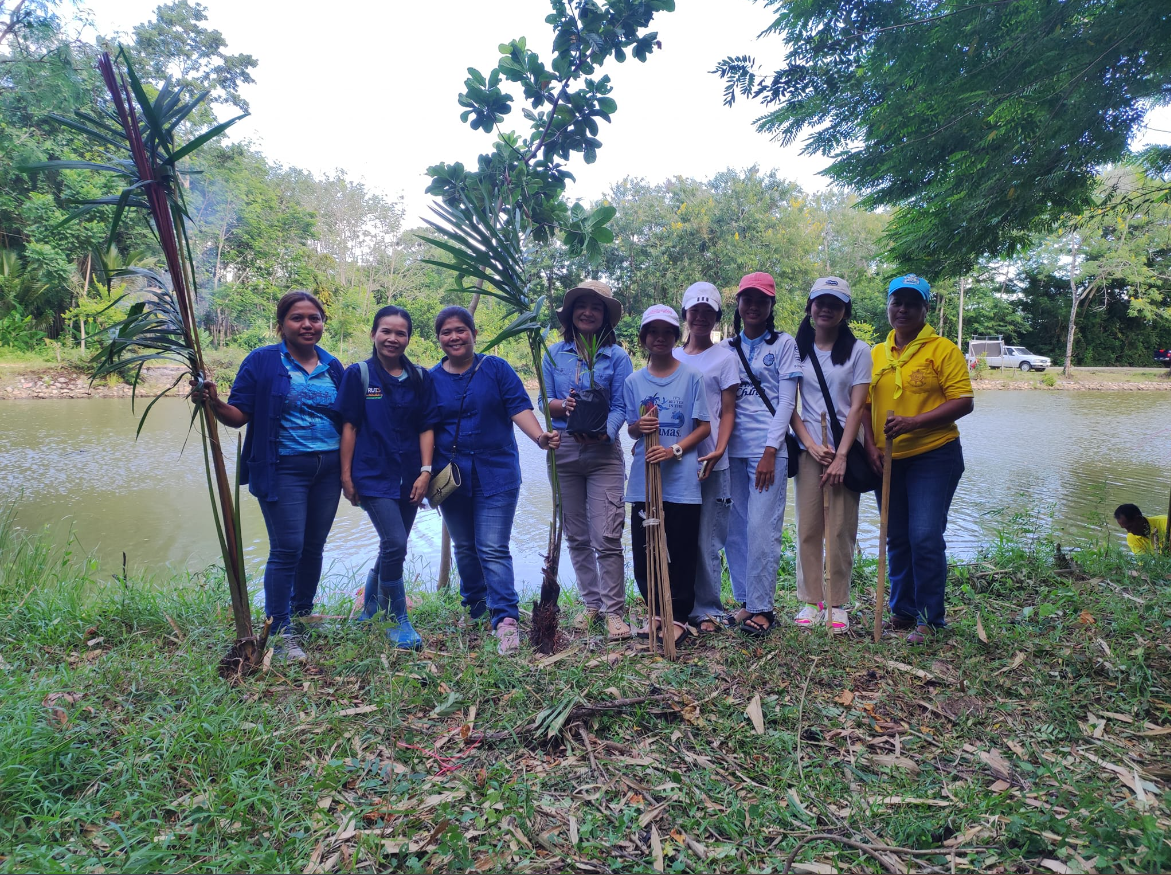
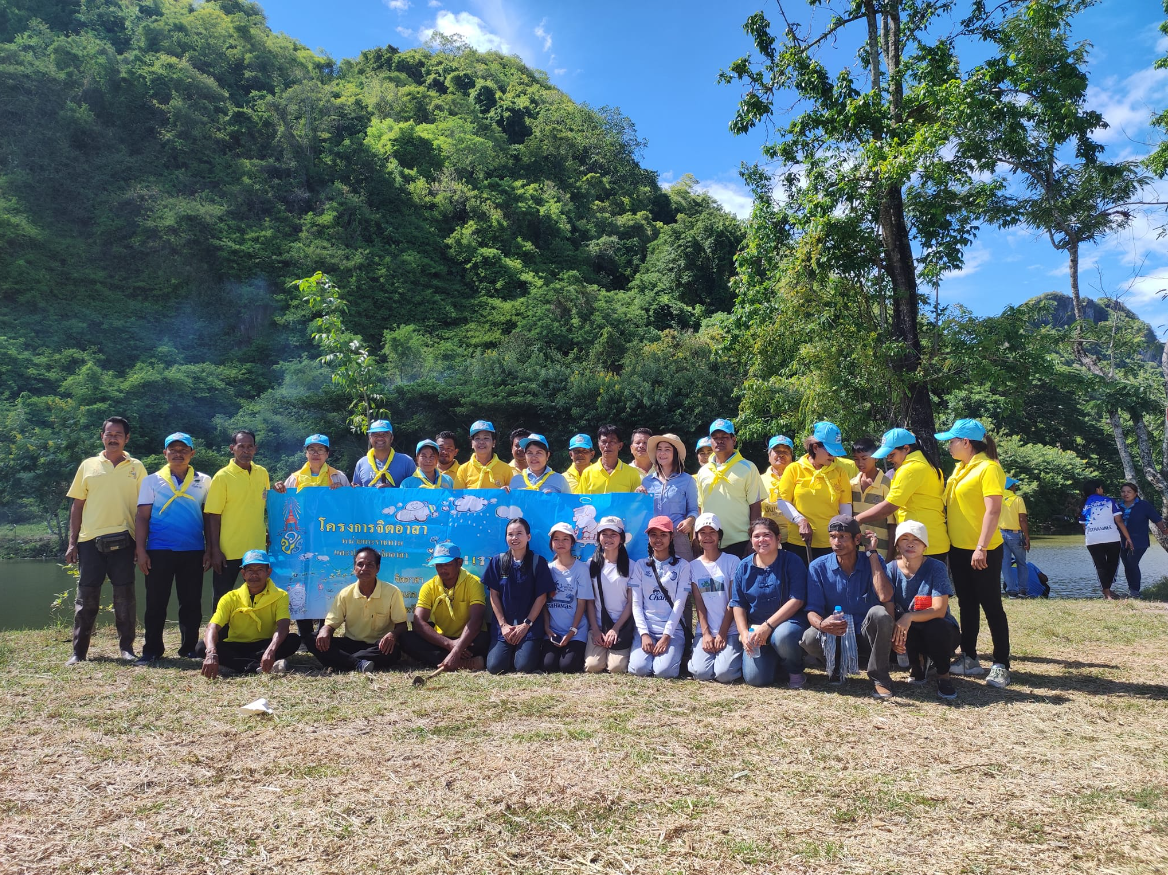
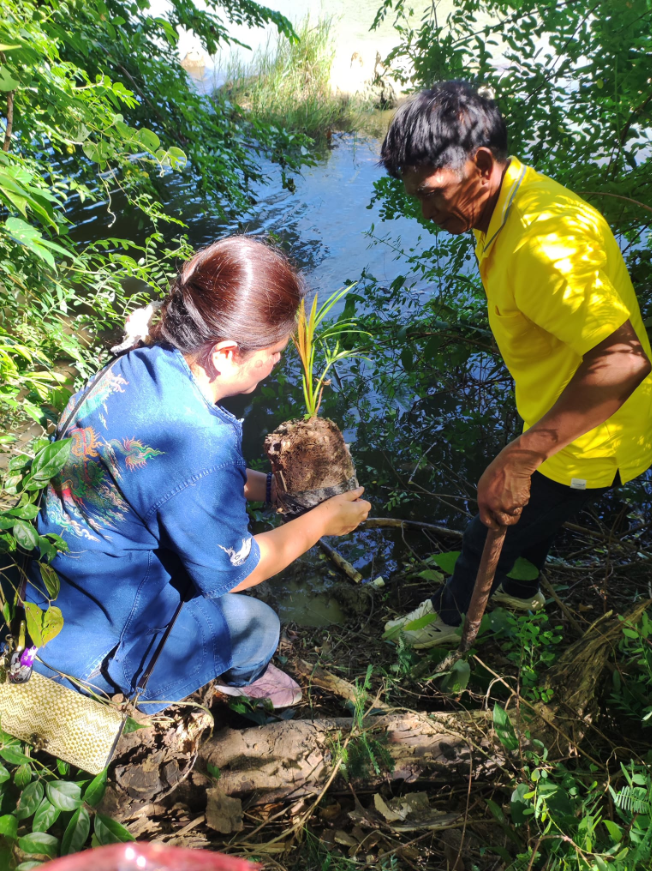
https://www.facebook.com/story.php?story_fbid=10225231191990045&id=1328663173&rdid=cG27BnuQPu5vlvb3



